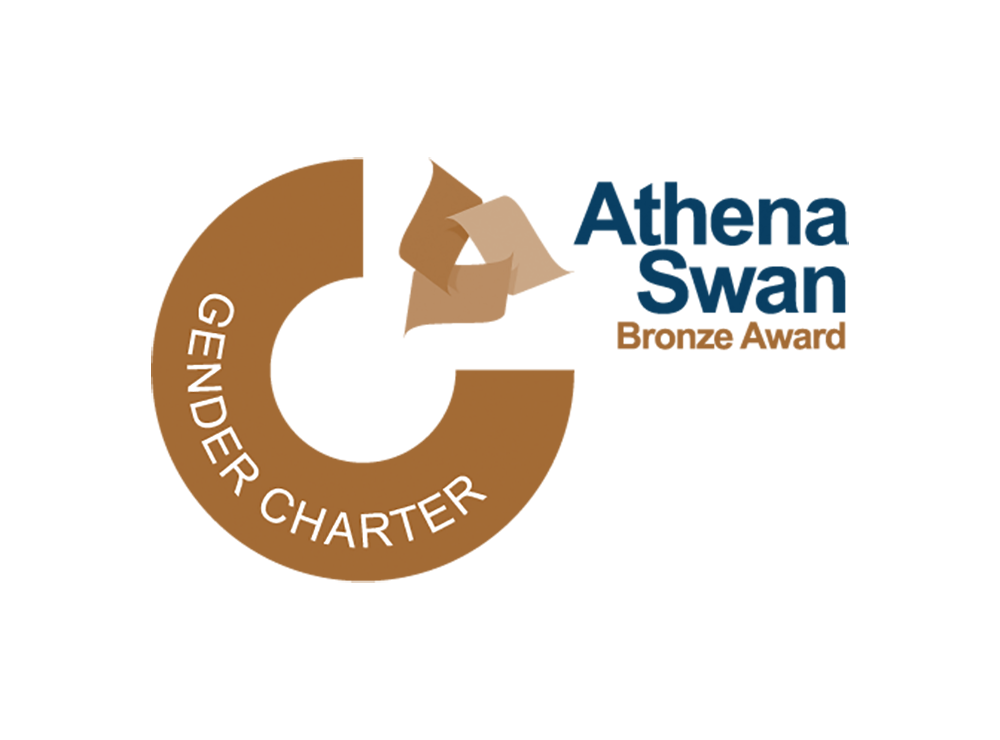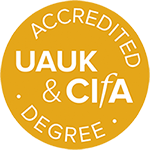Current filters applied:
- (-) Remove Material Culture filter Material Culture
- (-) Remove Archaeology filter Archaeology
Displaying 42 projects
At the intersection among the arts, science, and technology, printing is widely recognised as the invention of the millennium. However, and in spite of a resurgence of traditional typographic methods among artists and craftspeople, letterpress equipment and technology face an uncertain future...
Digital Humanities Research Project and Interactive Digital Rock-Art Gallery.
Analysis and evaluation of bronze axe hoards during the Late Bronze Age - Iron Age transition. The project investigates provenance, chronology, technological and cultural aspects of bronze deposition of the European Atlantic region.
Focusing on cultural heritage, the project is exploring awareness of the archaeology of the ancient Egyptian city of Tell el - Amarna alongside local relationships with the site.
Archaeological data is often biased and incomplete. This is a well-known issue for most archaeologists. Although studies of specific sites and small regions can have this into account, the effect of this problem increases exponentially as archaeologists expand their chronological and geographic...
The archaeology of Sub-Saharan Africa is rapidly gaining momentum, thanks to renewed efforts to decolonise and empower indigenous narratives of agency and creativity that have been bolstered further by the increasing application of scientific methods. However, important challenges remain. One is...
Archaeometallurgical contributions to various research areas such as the provenance of Shang bronzes, ingenious adaptations of metallurgical technologies to different ecological and socioeconomic constraints, and regional developments of metallurgical traditions.
The metalwork of Pre-Columbian America has long fascinated scholars and the public alike. In addition to the sheer allure of gold, this attraction is exacerbated by the extraordinary technical skill that underpins many of these artefacts, as well as their mesmerising iconography, which evokes a...
‘BODIES MATTER’ focuses on the material culture of bodies (and the self) in colonial borderlands by comparing three frontiers at various periods and geographies: the Spanish Empire’s southern borderland in the Americas in the AD 16th-19th century, the Punic western Mediterranean in the 6th-2nd...
Archaeological investigation of the history of Cape Verde.
This project is documenting the knowledge, skills, and practices of traditional dry-stone masonry at Great Zimbabwe, southern Zimbabwe. Once the capital of an Iron Age empire, Great Zimbabwe is an ancient settlement complex with dry-stone structures covering over 720 hectares. Around it, local...
EHSCAN is a Horizon-MSCA-2022-PF scheme Fellowship Funded by UKRI and hosted by the McDonald Institute for Archaeological Research, University of Cambridge. The aim is to understand the cultural dynamics and transmission means of material culture in North Africa during the Early Holocene period (~...
Research into global connections, which formed the basis for the spread of objects, ideas, innovations, religions and empires, continues to fundamentally shape our understanding of the development of contemporary society. While the historiography of global connections is dominated by a European...
The project will research how archaeological and palaeoecological narratives of past land management and climate change adaptation can shape sustainable farming, regenerative agriculture, and rewilding strategies in the Cambridgeshire Fenlands. The nationally important agricultural area is...
In Western Europe the main use for artificial monuments out of stone, wood or earthy materials extends from the Late Neolithic to Early Bronze Age (4th and 3rd millennium BCE). This unique period of landscape adaptation has a lasting, visible imprint on the present. However, as monuments are by...
The last decades have witnessed marked achievements of STEM in understanding the remains of humans, animals, and plants from the past by analyzing different materials, both inorganic and organic. These developments have opened-up the great potential for increasing our understanding of cultural...
HEAAT aims to develop a multidisciplinary, theory-focused and data-driven research framework and agenda for East African historical archaeology that will privilege the research of the internal dynamics of African communities and account for the region’s history of complex identities. By...
A large-scale multi-disciplinary study of pre-Roman iron technology in the Iberian Peninsula.
Excavations at the settlement adjoining the prehistoric sanctuary on Keros in the Cycladic Islands of Greece, the earliest maritime sanctuary in the world (2750-2240BC).
A new archaeological project at the ancient city of Lagash in south Iraq (modern Tell al-Hiba) began in March-April of 2019. LAP is a collaboration between the University of Cambridge, University of Pennsylvania (USA) and Iraq State Board of Antiquities and Heritage.
Taking as its starting point the radically new perspective offered by recent archaeological discoveries at Rendlesham in SE Suffolk, and with the East Anglian kingdom as the primary case study, this interdisciplinary project (running 2017-2020) aims to establish a new understanding of pathways to...
The project focuses on the models of circulation of raw materials during the Iberian Late Prehistory, as well as the use and social value given to the different materials, with special attention to metals and amber.
This project aims to gain a better understanding of the relationship of Crete with the world outside the island through the lens of a key body of materials: goldwork.
The project centres on the development and application of quantitative methods that model the emergence and extinction of technological diversity. This research builds from the premise that technological innovations can be a key mechanism for mitigating unpredictable or rapidly changing...
The Must Farm project is the first landscape scale archaeological investigation of deep Fenland, with its complex geological history.
This project integrates maritime archaeology, history, geophysical survey and anthropology to investigate illicit trade between the Caribbean islands St. Eustatius, Saba, St. Thomas, St. Bartholomew and St. Maarten from 1816 to c.1840 with the aim of understanding: -The entanglements between...
How did the biomechanics and ergonomics of the human hand influence the use and production of Palaeolithic stone tools? Traditionally, stone tools have been analyzed for their morphological properties and technological characteristics to infer the cognitive and social evolution of early hominins...
This project is a response to calls to build long-term sustainability and resilience into pastoral social-ecological systems in sub-Saharan Africa through provision of deep histories of human-environment interactions. It focuses on collecting and analysing archaeological and related data on the...
The aim of this project will be to investigate the nature and impact of Roman imperialism on the frontiers of North Africa (specifically the Maghreb), especially in considering the role of Roman imperialism on the political economy of the region and its impact on both pre-existing communities and...
In the last decade we have learned that (at least) three human species existed across the African continent during the Pleistocene. After the paleoanthropological and archaeological discoveries and dating of Jebel Irhoud (Morocco), we know that Homo sapiens was present at around 300ka with a clear...
Cooperation is a markedly human mix of innate and learned behaviour, and a key to tackling some of our greatest concerns. Paradoxically, studies of social dynamics often focus on hierarchies, state formation and political structures ruled by coercive power, with comparatively little regard to the...
As part of the international campaign to salvage sites threatened by construction of the second Aswan High Dam in southern Egypt, coordinated by UNESCO, researchers from Sweden, Norway, Denmark and Finland collaborated on a series of archaeological campaigns between 1960 and 1964. Known as the...
SCATTER investigates the multivocal notion of territory in Protohistory through the study of settlement patterns in ecological settings. Specifically, SCATTER focus on the Central Anatolian region during the Middle and Late Bronze Age, i.e. the second millennium B.C. The goal is to acquire better...
SILKGLASS is a Horizon Europe MSCA-PF fellowship funded by UKRI and hosted by the McDonald Institute for Archaeological Research, University of Cambridge. Central Asia is traditionally seen as a passive Silk Roads throughway rather than an active and creative node. SILKGLASS seeks to investigate...
The project Science @ Tarquinia aims to provide the complementary scientific support for the long-standing study of the ancient Etruscan city of Tarquinia by the University of Milan. This Unesco World Heritage site is well known for its magnificent painted tombs, its city walls, the Temple of Ara...
A Bronze Age fortified tell settlement on the right bank of the river Danube 30km south of Budapest.
The investigation of urban growth and administration in northern Mesopotamia in the 4th and 3rd millennia BC (north-east Syria).
Cambridge is home to world-leading researchers across archaeological science, technical art history and heritage science, based at Department of Archaeology, the Fitzwilliam Museum, and the Hamilton Kerr Institute, among others. There are multiple synergies across these institutions in terms of...
Agriculture in Africa faces multiple challenges. Climate extremes, ecosystem degradation and population growth continually prompt calls for the urgent transformation of food systems. Mainstream attempts remain focused on modernising paradigms in ways that overlook historic and contemporary...
PersianTRAIL is a research project using Geographic Information Systems (GIS), Remote Sensing (RS), and historical-archaeological data to reconstruct the Persian Royal Road (PRR), a key infrastructure of the Achaemenid Empire (6th–4th century BCE). The project examines factors like topography...
The PlaCe network is a high-profile partnership focused on the interdisciplinary study of pre-modern ceramics and plasters. This Innovative Training Network aims at training Early-Stage Researchers to conduct state-of-the-art, science-based research on the technology, use, and provenance of...
The transition from Oldowan to Acheulean technologies are hypothesised to be concomitant with advances in cognition and behaviour. However, the nature of these shifts, and their cultural and evolutionary implications are poorly defined and understood. While extensive literature exists on these...


